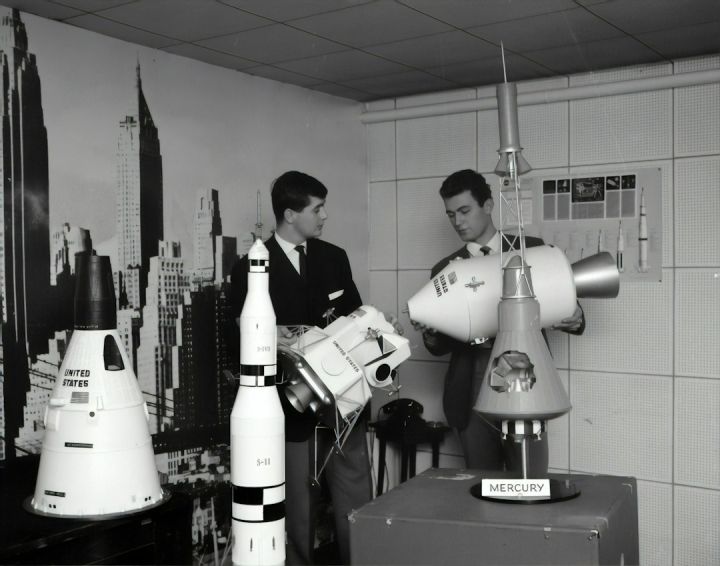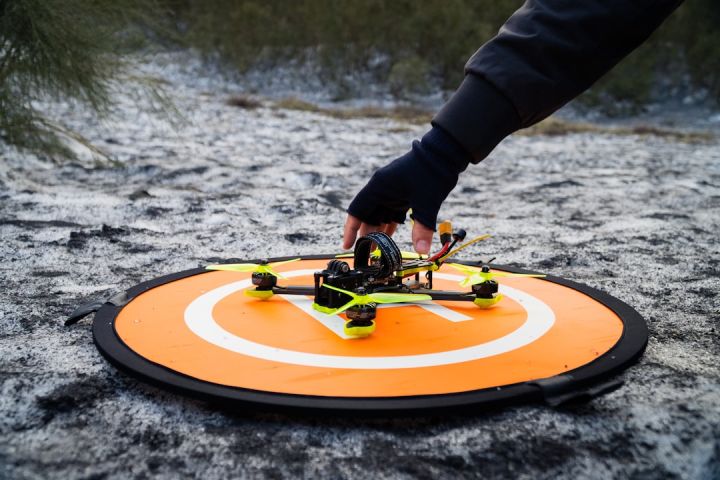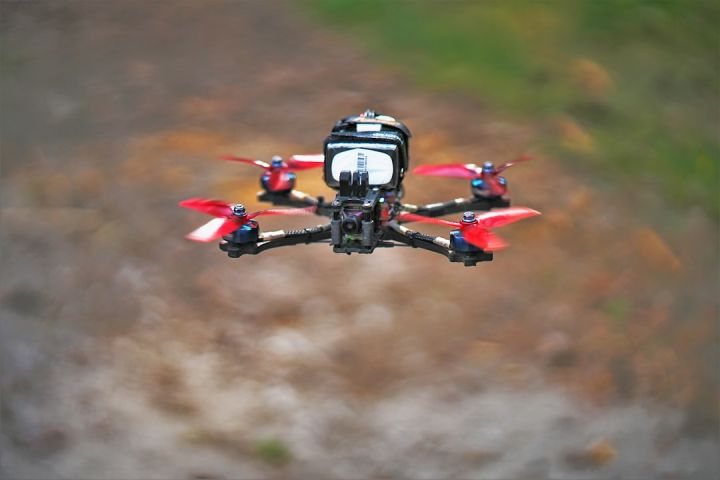How Do You Recover Model Rockets after Launch?
Launching model rockets can be an exhilarating experience that combines science, technology, and the thrill of seeing your creation soar through the sky. But what happens after the rocket has reached its peak altitude? How do you safely recover it? In this article, we will explore the different methods and techniques used to retrieve model rockets after launch.
Parachute Recovery System
One of the most common methods for recovering model rockets is by using a parachute. This system involves attaching a small parachute to the rocket, which is deployed once the rocket reaches its peak altitude. The parachute slows down the descent of the rocket, allowing it to safely land back on the ground.
To ensure a successful parachute recovery, it is important to properly pack and deploy the parachute. The parachute should be folded neatly and securely attached to the rocket. It is recommended to use a shock cord to connect the parachute to the rocket, as this helps absorb the impact during landing.
Streamer Recovery System
Another recovery system commonly used for model rockets is the streamer. This method involves attaching a long, narrow piece of fabric, known as a streamer, to the rocket. When the rocket reaches its peak altitude, the streamer is deployed, causing the rocket to descend slowly and safely.
The key to a successful streamer recovery is the size and material of the streamer. It should be large enough to create enough drag to slow down the descent but not so large that it causes the rocket to fall too slowly. Many hobbyists use lightweight materials such as plastic or nylon for their streamers.
Helicopter Recovery System
A more advanced recovery system used for model rockets is the helicopter recovery. This method involves deploying rotor blades or fins during descent, which allow the rocket to spin like a helicopter, slowing down its descent and providing a stable landing.
Helicopter recovery systems require careful design and construction of the rocket. The rotor blades or fins must be precisely positioned and balanced to ensure a stable descent. Additionally, it is important to consider the weight and aerodynamics of the rocket to ensure a successful recovery.
Locating and Retrieving the Rocket
Once the rocket has safely descended, the next challenge is locating and retrieving it. Depending on the launch site and environmental conditions, this can be a relatively easy task or a more challenging one.
It is recommended to attach a brightly colored flag or streamer to the rocket to make it more visible once it has landed. This can help in locating the rocket, especially if it has landed in tall grass or trees. Additionally, using a GPS tracker or smartphone app can provide real-time location data, making it easier to find the rocket.
Safety Considerations
When recovering model rockets, safety should always be the top priority. It is important to choose a suitable launch site that provides a safe and open area for the rocket to descend. Avoid launching near power lines, buildings, or other obstructions that could pose a risk during recovery.
Before launching a model rocket, always check the weather conditions. Strong winds can affect the trajectory and recovery of the rocket, making it more difficult to retrieve. Additionally, be mindful of any local regulations or restrictions regarding rocket launches and recoveries.
In conclusion, recovering model rockets after launch is an important aspect of the hobby and requires careful planning and consideration. Whether using a parachute, streamer, or helicopter recovery system, ensuring the safe descent and retrieval of the rocket is essential. By following the proper techniques and safety precautions, hobbyists can continue to enjoy the excitement of launching and recovering their model rockets.







